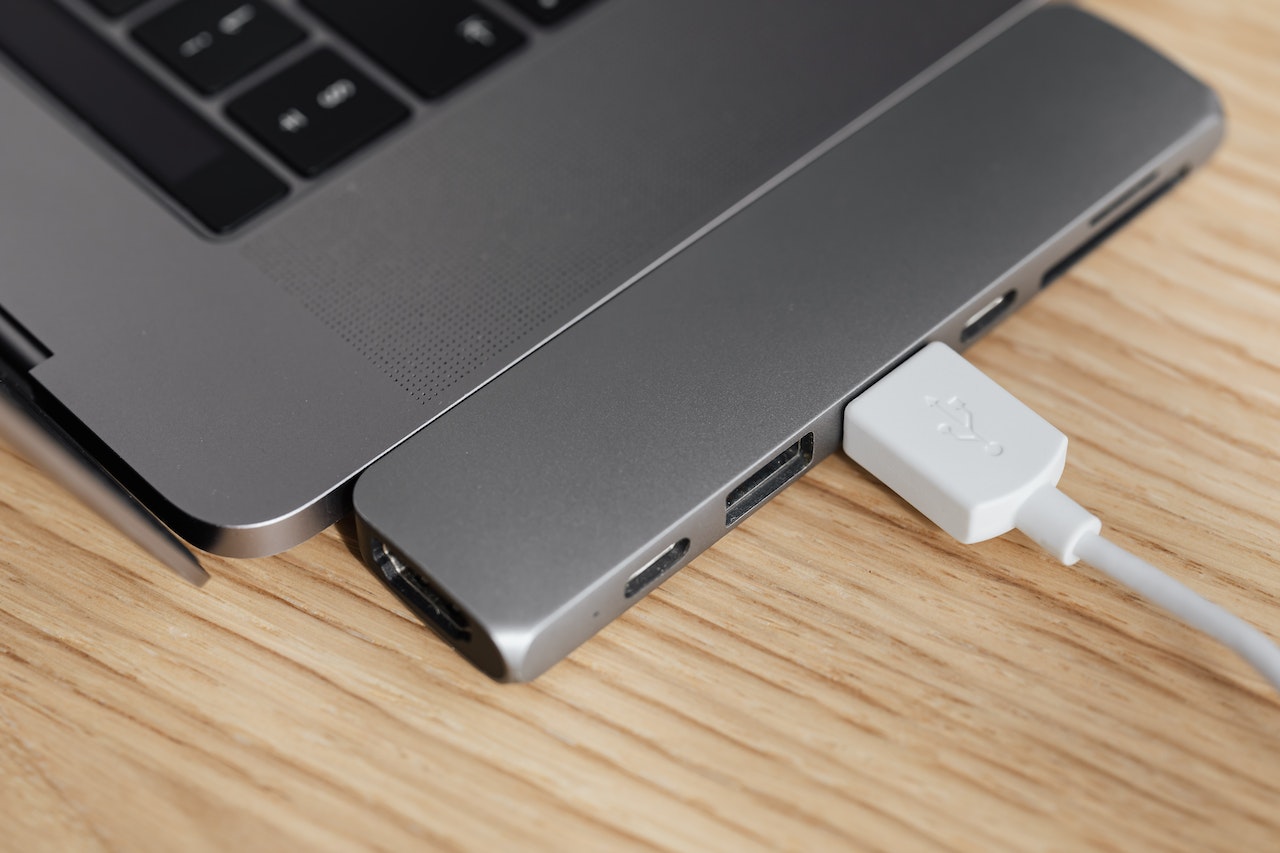Audio interface has an incredibly important role in the recording process. It acts as a bridge between your microphone (or any other audio device you’re using) and your computer, maintaining the quality of sound during recording and playback so that no one has to suffer from muddy or distorted audio.
With so many different types available now – USB, Thunderbolt, Firewire, etc. – it can be tricky finding out which interface is best for the task at hand without doing tons of research.
That’s why this blog post will provide all the necessary information you need to know about different types of interfaces and how they work when connecting to computers!
An Overview of Audio Interfaces – what they are and why they’re important
Audio interfaces are essential pieces of equipment for any musician or podcaster that takes their craft seriously. A high-quality audio interface allows you to record sound directly onto your computer with professional-grade clarity.
They serve as a bridge between the analog world and the digital world, converting the electrical signals from your microphones and instruments into digital data that your computer can read and process.
This is important because it ensures that every nuance and detail of your recording is captured and reproduced accurately, without any unwanted noise or interference.
The best audio interfaces also offer additional features like phantom power for condenser microphones, built-in preamps, and multiple inputs and outputs for recording multiple sources at the same time.
USB Audio Interfaces – Advantages, Disadvantages, and Best Uses
When it comes to recording audio, a USB audio interface can be a valuable tool. These devices offer a variety of advantages, including higher sound quality, improved input capacity, and increased flexibility.
With a USB audio interface, you can connect multiple instruments or microphones to your computer and record each one separately.
However, there are some disadvantages to consider. These devices can be bulky, have a higher price tag, and may require additional software and setup.
When deciding if a USB audio interface is right for you, it’s important to weigh the pros and cons. In general, these devices are best used in home or project studios where musicians and podcasters can benefit from the added features and improved sound quality.
Thunderbolt Audio Interfaces – Advantages, Disadvantages, and Best Uses
Thunderbolt audio interfaces are a popular choice for those in the music industry, offering faster speeds and lower latency compared to USB or FireWire interfaces.
Some of the key advantages to using Thunderbolt technology include the ability to record and process multiple tracks simultaneously without any lag or delays.
Thunderbolt is also known for its stable, reliable performance, making it a great option for professional studios and musicians who require a high level of precision and quality in their recordings.
However, Thunderbolt audio interfaces can be expensive and may require specific hardware and software compatibility. It’s important to consider your specific needs and budget before investing in a Thunderbolt audio interface.
Firewire Audio Interfaces – Advantages, Disadvantages, and Best Uses
Firewire audio interfaces offer several advantages for recording music and other audio projects, particularly when compared to USB interfaces.
These devices allow for faster data transfer, resulting in significantly lower latency and improved overall sound quality.
Additionally, Firewire interfaces typically provide more input and output options than their USB counterparts, making them ideal for larger recording setups.
On the other hand, Firewire interfaces can be more expensive than USB interfaces and may require additional hardware or software to function properly.
Despite the potential costs and setup challenges, Firewire interfaces are an excellent option for musicians and producers who require high-quality audio and low latency.
MIDI Audio Interfaces – Advantages, Disadvantages, and Best Uses
MIDI audio interfaces have become a staple in the music industry, allowing musicians and producers to connect and control various MIDI-compatible devices seamlessly.
One of the significant advantages of MIDI audio interfaces is their versatility, as they allow you to connect and control multiple musical instruments and devices simultaneously.
Additionally, they are an excellent tool for enhancing your creative output, with customizable parameters like velocity, pitch bend, and modulation that can add a unique flair to your compositions.
However, like any technology, MIDI audio interfaces have their disadvantages, such as latency and hardware requirements.
The best uses for MIDI audio interfaces are as productive tools for professional music production studios or for home recording enthusiasts who want to create and experiment with various soundscapes.
Tips for Choosing the Right Type of Interface for your Needs
When it comes to choosing the right type of interface for your needs, there are a few key tips to keep in mind.
Firstly, consider what you’ll be using the interface for – whether it’s recording music, editing video, or creating graphics will heavily impact what type of interface you need.
Another important consideration is your budget, as there can be a significant difference in price depending on the type of interface you choose.
Additionally, think about the number of inputs and outputs you will need, as well as any specific features that would be beneficial to your workflow.
Finally, don’t be afraid to do your research and read reviews from other users to get a better idea of what type of interface might be the best fit for you.

